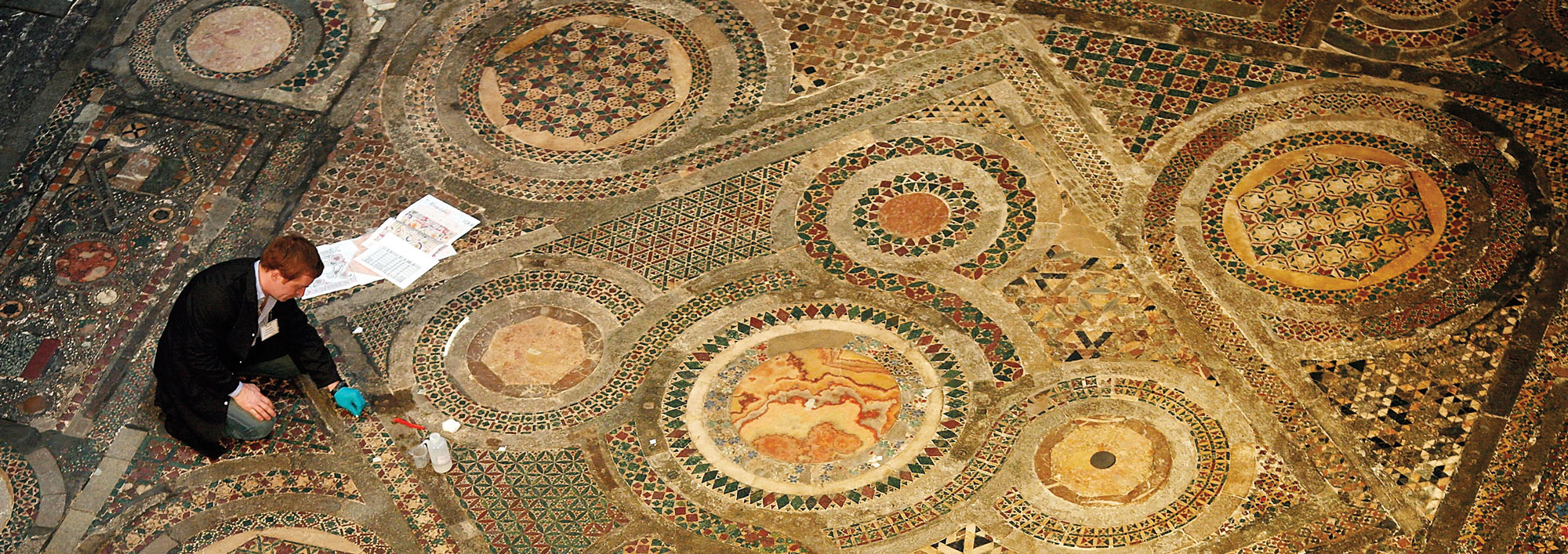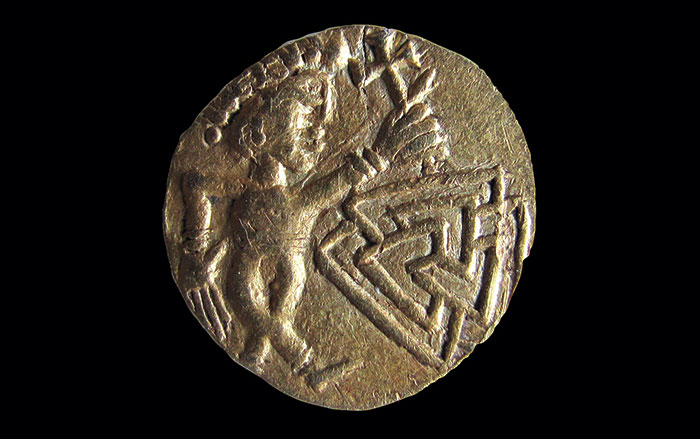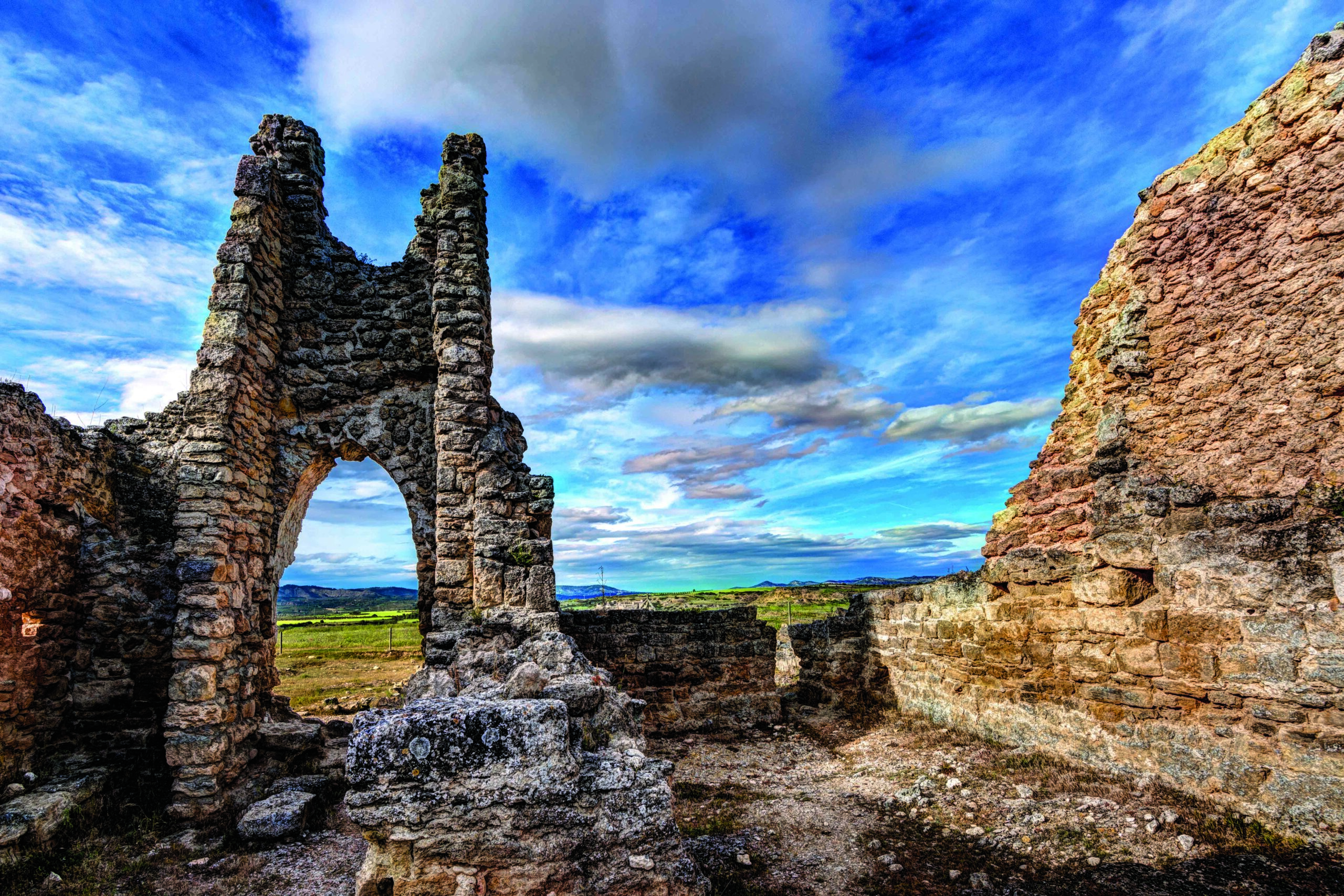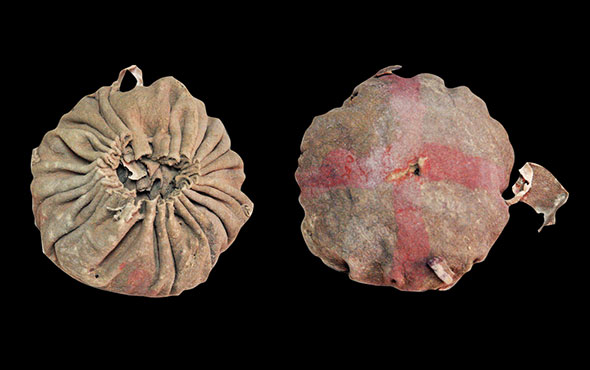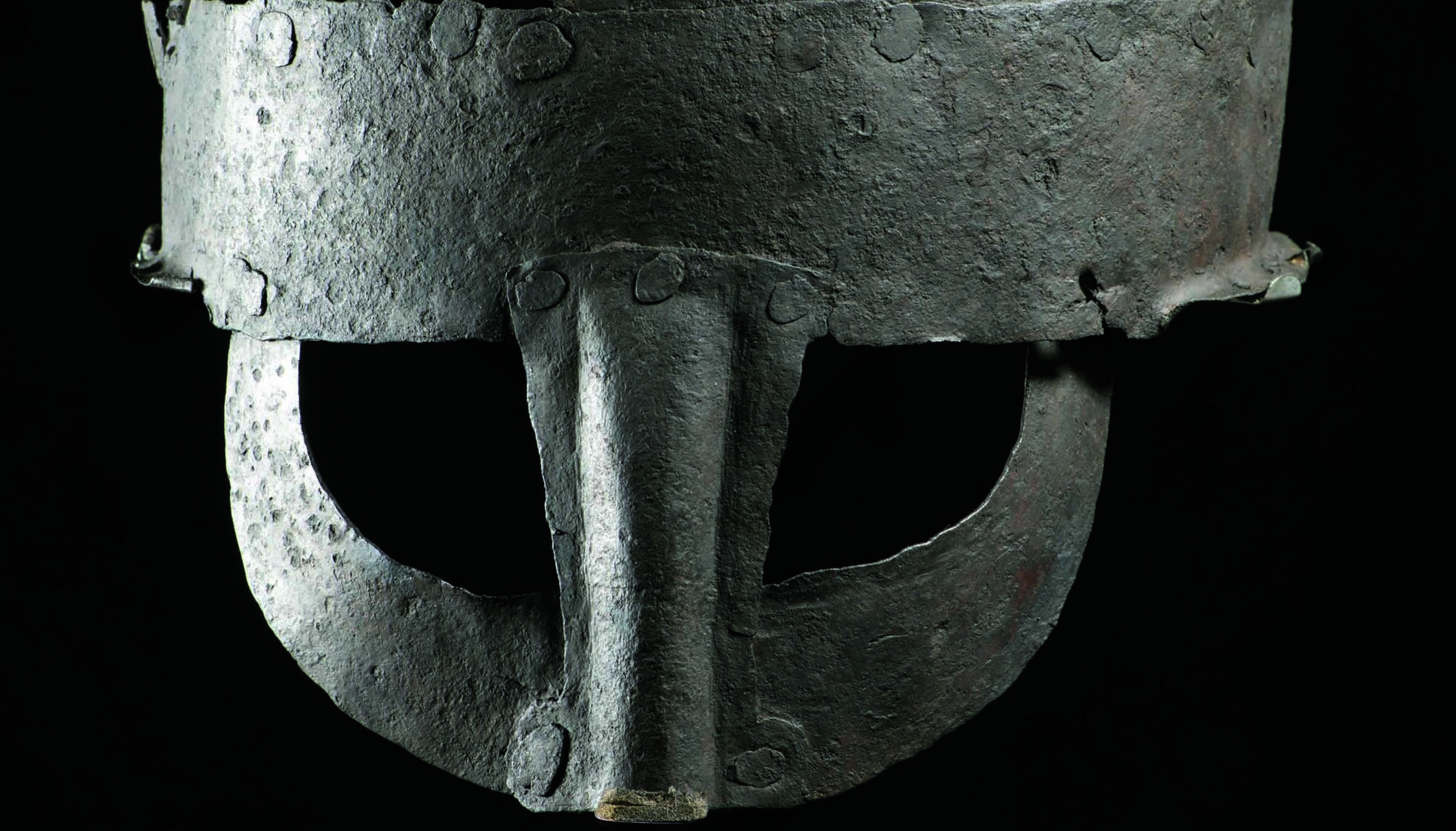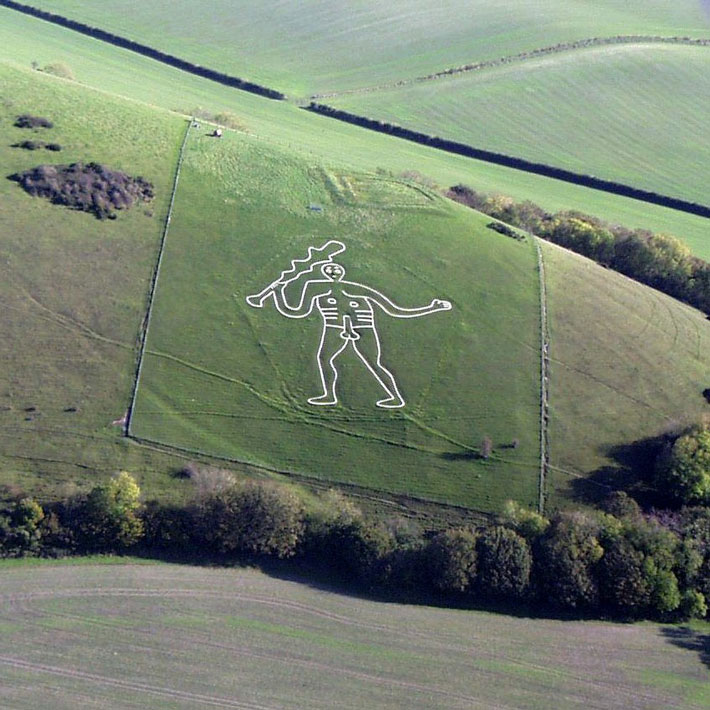
DORSET, ENGLAND—According to a BBC News report, the results of optically stimulated luminescence testing of soil samples taken from the Cerne Abbas Giant early last year indicate that the 180-foot figure carved into a chalk hillside in southwest England was created between A.D. 700 and 1100, during the late Anglo-Saxon period. Remains of microscopic snails recovered from the soil were also used to date the creation of the figure to the medieval period. Samples from other areas of the giant, however, were dated to A.D. 1560, based upon the determination of when sand in the soil was last exposed to sunlight. No record of the giant has been found in surviving documents from Cerne Abbey, which was founded in A.D. 987. Rather, the first known historical reference dates to 1694, when a church warden wrote an account of its repair. Archaeologist Martin Papworth of the National Trust suggests the giant was created in the late Saxon period, but then was neglected, so it disappeared under growing grass. “That would explain why he doesn’t appear in the abbey records or in Tudor surveys,” Papworth explained. To read about southern England's Uffington White Horse geoglyph, go to "White Horse of the Sun."



